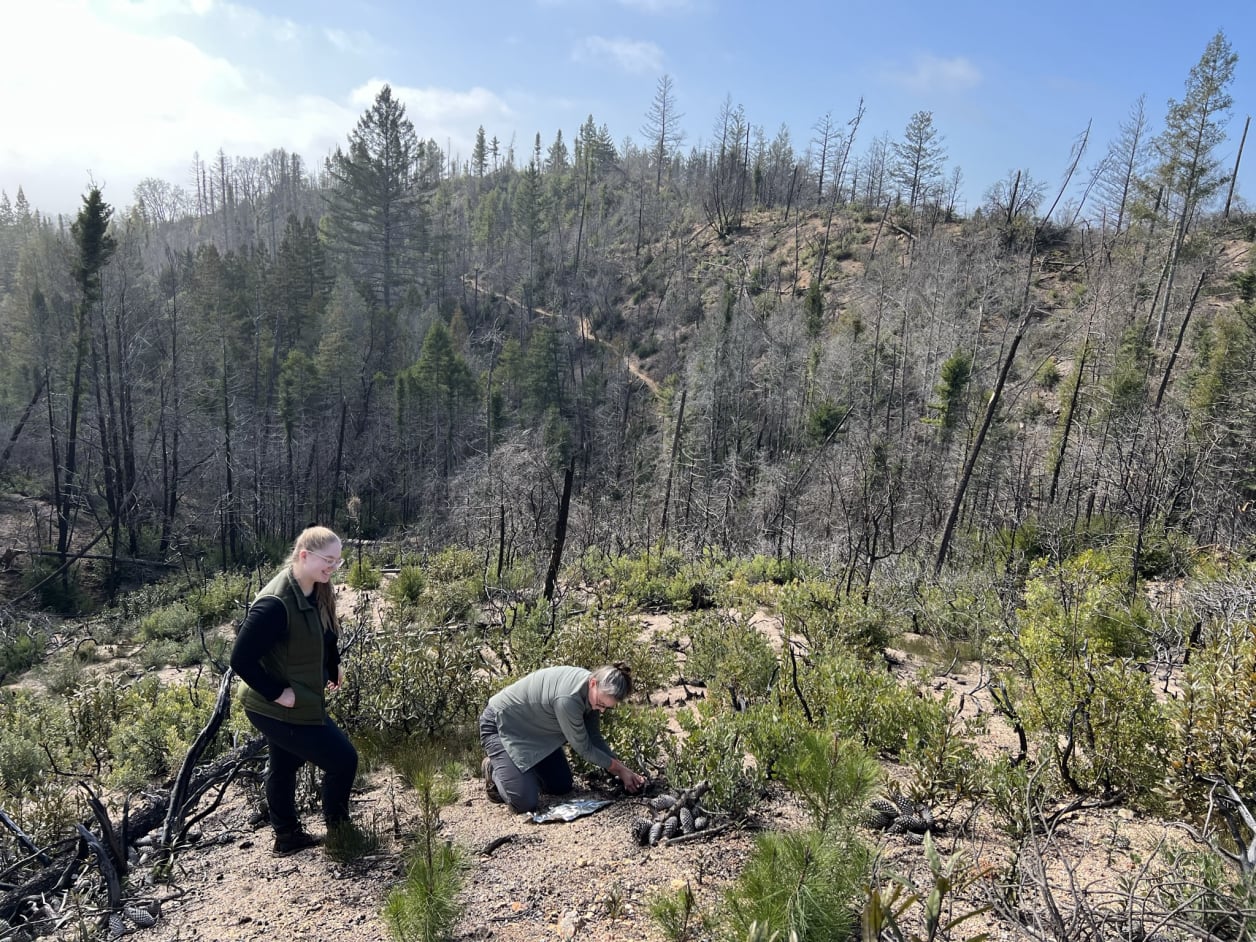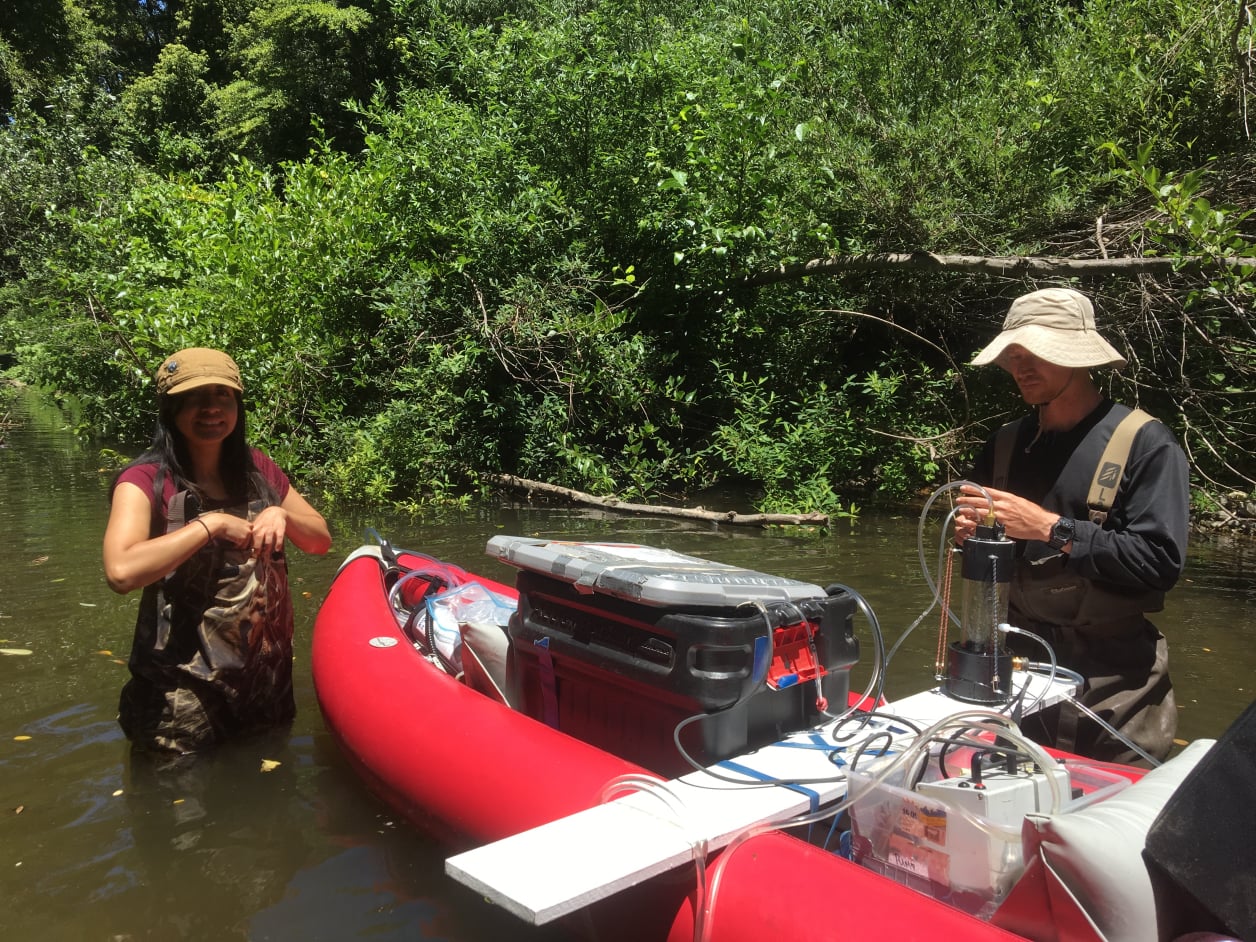Rivers

Wildfire impacts on river water chemistry
Wildfires are becoming more common, yet the effects of wildfire on streams and their water quality remain unclear. Wildfires can alter the routing and composition of water as it flows from hillslopes to downgradient streams through changes to landscape properties and processes as well as through the creation or alteration of materials, like ash, soil, and plant matter.
Recently, we examined how wildfire alters (1) post-fire concentration-discharge relationships through fire-induced changes in solute availability and hydrologic connectivity, and (2) export of particulate and dissolved OC and particulate and dissolved black carbon.
Read more: Exploring the Complex Effects of Wildfire on Stream Water Chemistry: Insights From Concentration-Discharge Relationships
Water Resources Research
Read more: Hydrology, rather than wildfire burn extent, determines post‐fire organic and black carbon export from mountain rivers in central coastal California
Limnology and Oceanography Letters

Lithologic controls on river baseflow sources
While low flow (or baseflow) periods are commonly assumed to be from a single groundwater source, variability in stream geochemistry across stream networks during low flow periods often hints at greater complexity. Here we examined baseflow sources during extended recession periods by quantifying contributions from shallow subsurface and deep groundwater.
Our work revealed how local geology influences water sources during low flow periods and demonstrated the variability in stream water dissolved carbon concentrations, challenging the common assumption that low flow periods are dominated by a single water source.
Read more: Geologic Controls on Source Water Drive Baseflow Generation and Carbon Geochemistry: Evidence of Nonstationary Baseflow Sources Across Multiple Subwatersheds
Water Resources Research
Stay Connected